Disclosure: This article contains affiliate links. We may earn a commission from purchases at no extra cost to you, which helps our travel content.
When most travelers think of Goa, their minds immediately conjure images of palm-fringed beaches and sunset parties. But as an urban planner with an insatiable appetite for adventure, I've discovered that Goa's true magic lies in its lesser-explored wilderness. During my winter expedition last year, I ventured beyond the coastline to discover a network of thrilling outdoor activities that showcase the region's incredible biodiversity, sustainable infrastructure development, and adventure tourism potential. Grab your daypack—we're about to explore a side of Goa that most tourists never see.
Dudhsagar Waterfall Trek: Engineering Marvel Meets Natural Wonder
As someone who analyzes urban infrastructure for a living, the 603-foot Dudhsagar Falls represents a fascinating intersection of natural systems and human engineering. The trek to reach this four-tiered cascade takes you through the protected Bhagwan Mahavir Wildlife Sanctuary, crossing multiple railway tracks that were ingeniously designed to coexist with the surrounding ecosystem.
The 14km round-trip hike requires moderate fitness and starts from the Kulem railway station. What fascinated me from an urban planning perspective was how the colonial-era railway infrastructure has been adapted to support sustainable tourism without compromising the ecological integrity of the area. The Jeep services that operate during monsoon season follow carefully designated routes to minimize erosion.
The waterfall itself is a testament to nature's engineering—the way the water has carved pathways through rock over centuries mirrors how thoughtful urban design shapes movement through cities. I spent nearly an hour analyzing the flow patterns while other tourists simply took selfies.
My water shoes proved invaluable here—the terrain alternates between muddy paths and slippery rocks, especially when crossing streams. The microfiber mesh dried quickly between water crossings, saving me from the blisters that plagued other hikers wearing inappropriate footwear.

💡 Pro Tips
- Start early (around 7 AM) to avoid both crowds and the midday heat
- Carry at least 2 liters of water per person—there are limited refill points along the trail
- The Jeep service (₹600-800) is mandatory during monsoon season but hiking is permitted in winter
Netravali Wildlife Sanctuary: Biodiversity and Bubble Baths
The 211 sq km Netravali Wildlife Sanctuary represents a masterclass in conservation zoning and ecological corridor planning. What drew me here wasn't just the biodiversity (though spotting the elusive Malabar giant squirrel was a highlight), but the fascinating bubbling lake phenomenon at Budbudyachi Tali.
From an urban planning perspective, the sanctuary demonstrates how thoughtful trail design can direct human traffic away from sensitive ecological zones while still providing meaningful nature experiences. The network of trails reminded me of the principles we apply when designing pedestrian corridors in Rochester—creating clear pathways that serve both functional and experiential purposes.
The bubbling lake itself—where natural methane emissions create continuous bubbles on the water surface—offers a rare opportunity to witness geological processes in real-time. I spent an entire afternoon documenting the bubble patterns and interviewing a local guide about indigenous knowledge regarding this phenomenon.
For this trek, my insect repellent wipes were essential. Unlike spray repellents that can damage sensitive ecosystems, these individually wrapped wipes allowed for precise application without overspray. The DEET-free formula protected me from the sanctuary's abundant mosquitoes without harming the surrounding environment.
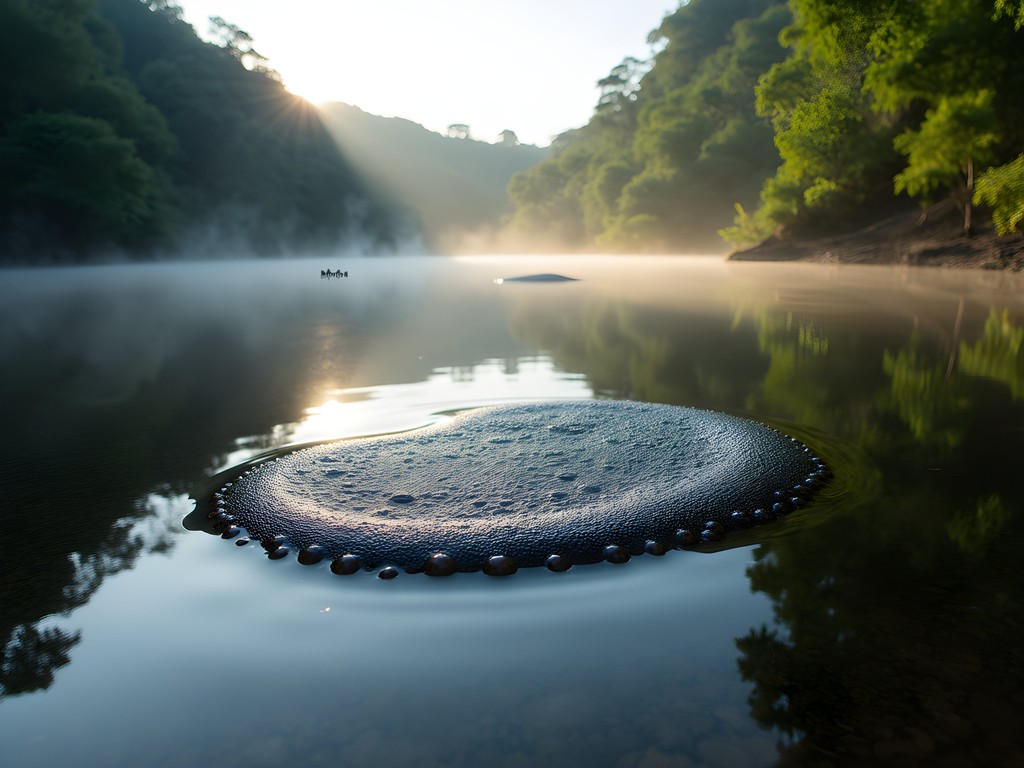
💡 Pro Tips
- Book a local guide from Netravali village—their knowledge of wildlife behavior patterns is invaluable
- Visit during early morning (6-9 AM) for optimal wildlife sightings
- The sanctuary requires permits (₹200 for Indians, ₹500 for foreigners) which can be arranged at the entrance
Spice Plantation Tours: Agricultural Infrastructure as Adventure
While most tourists visit Goa's spice plantations for quick photo opportunities, I approached them as case studies in sustainable agricultural infrastructure. The Sahakari Spice Farm near Ponda particularly impressed me with its integrated water management system—collecting rainwater during monsoons to sustain crops through the dry season.
The adventure here isn't about adrenaline but intellectual discovery. The tour guides explain cultivation techniques that have evolved over centuries, demonstrating how traditional knowledge often predates modern sustainability concepts. I was fascinated by the intercropping methods that maximize land use while naturally deterring pests—principles that could inform urban community garden design.
The plantation's elephant encounter was problematic from an animal welfare perspective, but their composting system was impressive—converting visitor food waste and plant material into nutrient-rich soil amendments. This closed-loop system mirrors the circular economy principles we're trying to implement in Rochester's waste management.
During my tour, I used my pocket field notebook to document irrigation patterns and plant spacing. The waterproof pages proved essential when an afternoon downpour caught us mid-tour, allowing me to continue taking notes while other visitors scrambled to protect their electronics.
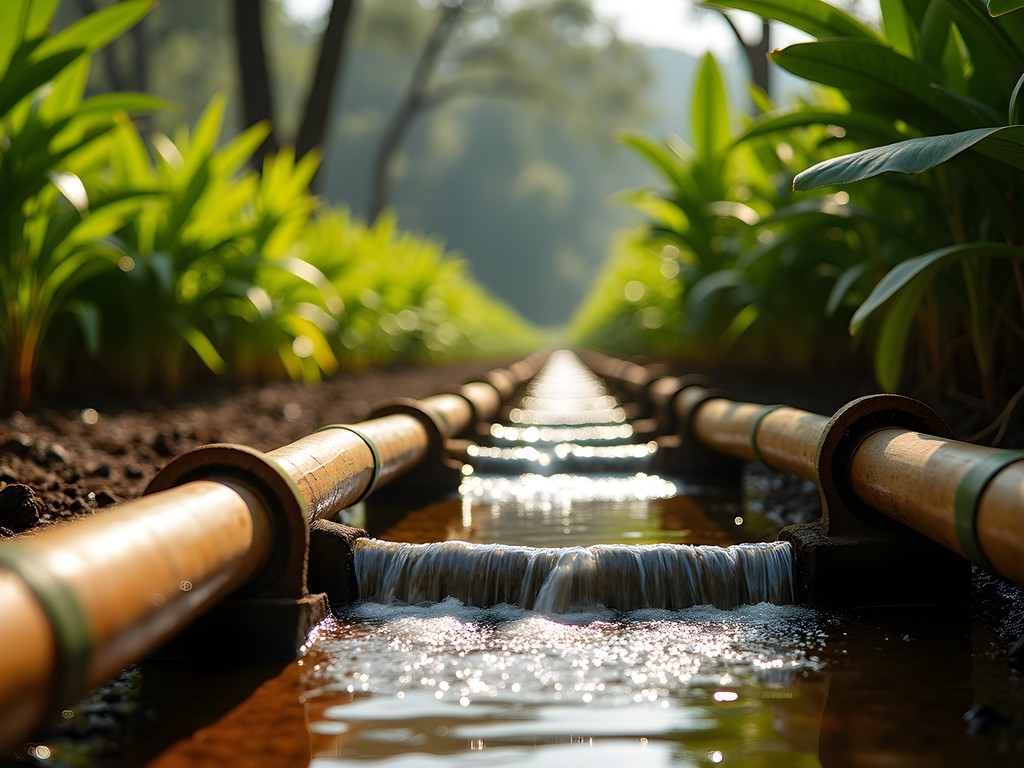
💡 Pro Tips
- Visit Sahakari or Tropical Spice Plantation for the most comprehensive educational experience
- Morning tours (10 AM) include the most detailed explanations of agricultural practices
- Most tours include a traditional Goan lunch (₹400-900 total) featuring spices grown on the property
Arambol Sweet Water Lake: Geological Wonder with Cultural Significance
Just a short hike from Arambol Beach lies a fascinating freshwater lake that defies conventional hydrogeological expectations. As someone who regularly analyzes water infrastructure systems, I was immediately intrigued by how this freshwater body exists so close to the Arabian Sea without saline contamination.
The 20-minute hike to reach the lake takes you through a microclimate transition that's remarkable from an environmental design perspective—moving from coastal scrub to dense palm forest within just a few hundred meters. This natural gradient demonstrates principles of ecological zoning that we try to replicate in urban green corridors.
The lake is surrounded by mineral-rich mud that locals and tourists alike apply as natural body treatments. While I initially approached this practice skeptically, the clay's high mineral content does offer genuine exfoliating properties. The lake area has become a hub for alternative wellness practitioners, creating an interesting case study in informal economic development around natural resources.
For this hike, my collapsible water bottle proved perfect—I could fill it at my guesthouse, collapse it after drinking during the hike, then refill at the freshwater springs near the lake. Its food-grade silicone construction meant no plastic leaching into my water even in the hot Goan sun.
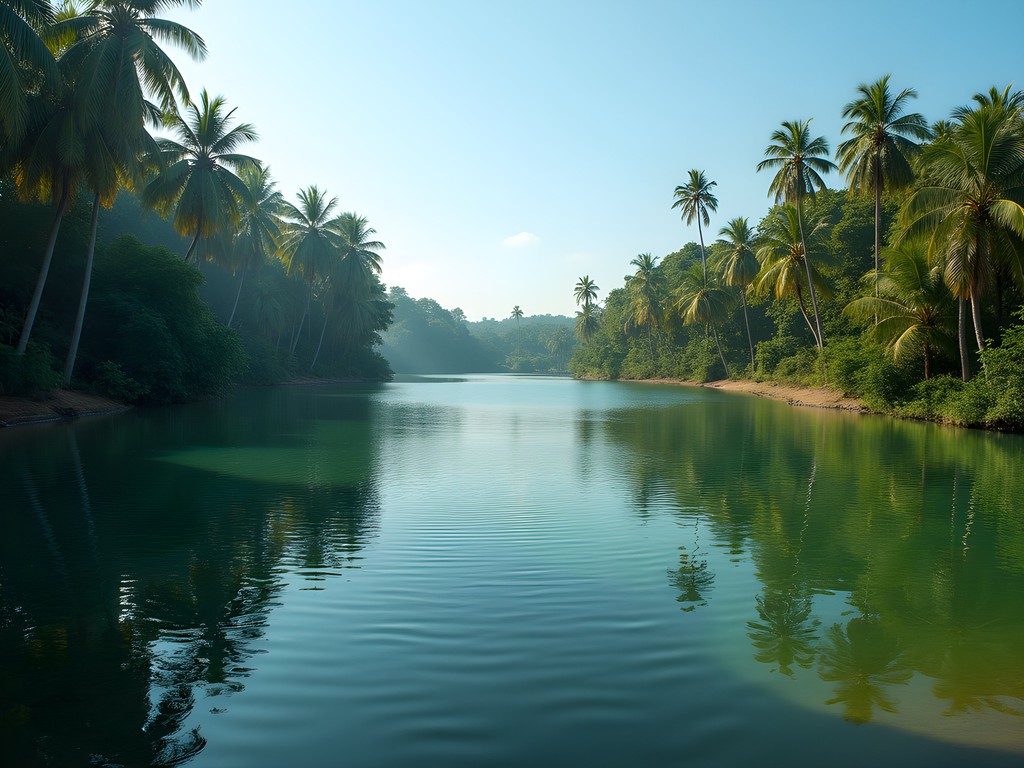
💡 Pro Tips
- Visit early morning (before 9 AM) to experience the lake before crowds arrive
- Bring a small towel if you plan to try the mud treatments
- The path can be slippery—wear shoes with decent grip rather than flip-flops
Bungee Jumping at Mayem Lake: Engineering and Adrenaline
As a certified bungee enthusiast who's jumped from structures across three continents, I couldn't resist Goa's only permanent bungee platform at Mayem Lake. From a structural engineering perspective, the 55-meter mobile crane setup represents an interesting compromise between safety requirements and the realities of developing adventure tourism infrastructure in areas with seasonal tourism patterns.
The jump platform meets international safety standards with dual-redundant harness systems—something I always verify before leaping. What's particularly interesting is how the operation has been integrated into the existing Mayem Lake recreational area, demonstrating principles of adaptive reuse that we emphasize in urban planning.
The jump itself offers spectacular views of the surrounding countryside, with the lake's blue waters contrasting against the green hills. The sensation of free-falling toward the water's surface creates a unique perspective on the landscape that few other activities can match.
For this adventure, I relied on my compression socks to maintain proper circulation during both the anticipatory wait (which increases heart rate) and the jump itself. The graduated compression provided stability during the intense g-forces of the rebound phase—something many jumpers don't consider when preparing for bungee experiences.

💡 Pro Tips
- Book your jump in advance during peak season (November-February)
- The operation runs from 11 AM to 6 PM, but morning slots have shorter wait times
- Cost is approximately ₹2500-3000 per jump, with video packages available as add-ons
Butterfly Conservatory: Micro-Infrastructure for Species Preservation
The Butterfly Conservatory of Goa in Ponda represents a fascinating case study in microhabitat design. What appears to be simply a beautiful garden is actually a meticulously engineered environment with specific plant species positioned to support the complete lifecycle of over 25 butterfly species.
As an urban planner, I was particularly impressed by the conservatory's adaptive reuse story—it was created on a former barren mining site, demonstrating principles of ecological restoration that could be applied to post-industrial spaces worldwide. The founder, a passionate entomologist, walked me through the design considerations that went into creating this thriving ecosystem from scratch.
The conservatory features carefully designed pathways that guide visitors through the space while minimizing habitat disruption—a principle directly applicable to urban green space design. Informational signage explains not just butterfly facts but the ecological relationships between species, creating an educational experience that builds public support for conservation.
For photography in this delicate environment, my lens cleaning kit proved essential. The non-aerosol air blower allowed me to clean my lens without introducing chemicals into the sensitive butterfly habitat, while the microfiber cloths removed pollen that accumulated during close-up photography sessions.

💡 Pro Tips
- Visit between 9 AM and noon when butterflies are most active
- The entrance fee (₹100) directly supports conservation efforts
- Wear subdued colors to increase your chances of butterflies landing on you
Cycling the Goan Hinterland: Sustainable Mobility Adventure
As an urban planner obsessed with sustainable mobility, exploring Goa's interior villages by bicycle was non-negotiable. I rented a mountain bike from Panjim and created my own 40km route connecting several villages in the Bicholim region, where mining history intersects with traditional agricultural practices.
The route network in rural Goa presents a fascinating case study in organic infrastructure development—paths that have evolved over centuries based on actual use patterns rather than top-down planning. Narrow concrete roads connect villages through rice paddies and cashew orchards, with minimal automobile traffic making cycling both safe and pleasant.
What struck me most was how the rural road network demonstrates natural desire lines—the paths humans create through repeated use that indicate optimal routing. These principles inform our work designing pedestrian corridors in urban environments, where following natural movement patterns increases pathway utilization.
For this adventure, my bike phone mount proved invaluable for navigation through unmarked village roads. The secure mounting system kept my phone accessible for maps and photography without risking damage on bumpy terrain. The weatherproof design also protected my device during an unexpected afternoon shower—something every Goa visitor should prepare for, even in winter.
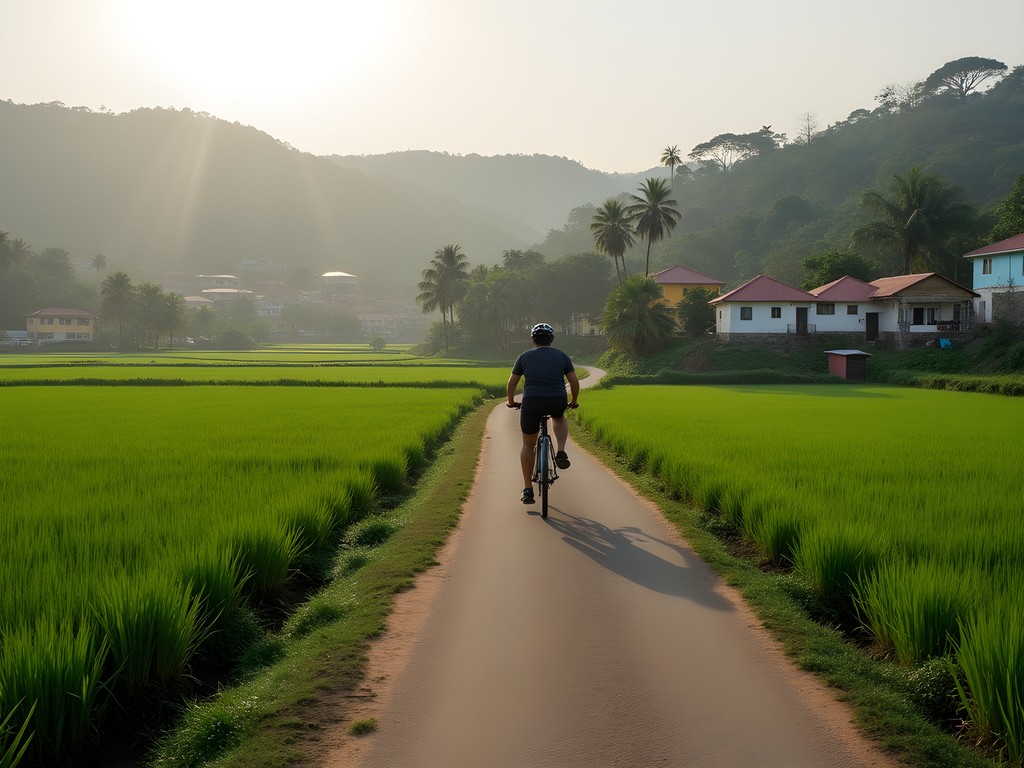
💡 Pro Tips
- Rent bikes from Goa Cycling (₹500-800/day) in Panjim for quality mountain bikes
- Start cycling before 7 AM to avoid both heat and traffic on main roads
- Download offline maps as cellular coverage is spotty in interior villages
Final Thoughts
Goa's beaches may draw the crowds, but its wilderness holds the soul of this multifaceted state. As an urban planner, I'm struck by how the region balances tourism development with ecological preservation—creating infrastructure that serves visitors while protecting natural systems. These seven adventures showcase not just thrilling experiences but examples of thoughtful development that maintains Goa's environmental and cultural integrity.
What makes these experiences particularly valuable for solo travelers is the opportunity to engage with local knowledge systems and infrastructure development patterns that aren't apparent in beach resort areas. By venturing into Goa's hinterland, you gain insights into sustainable development practices that have evolved over centuries.
As adventure tourism grows in popularity, Goa faces the challenge of scaling infrastructure without compromising the very wilderness that makes these experiences special. The thoughtful approach I've observed—from trail design in wildlife sanctuaries to adaptive reuse of mining lands—suggests a promising path forward. For travelers seeking both thrills and deeper understanding of place, Goa's wilderness adventures deliver in abundance.
✨ Key Takeaways
- Goa offers diverse adventure experiences beyond beaches that showcase both natural wonders and thoughtful infrastructure development
- Winter (November-February) provides optimal conditions for wilderness exploration with moderate temperatures and minimal rainfall
- Budget travelers can experience most adventures for under ₹1000, with bungee jumping being the notable exception
📋 Practical Information
Best Time to Visit
November to February (winter)
Budget Estimate
₹800-1000 per activity (except bungee jumping at ₹2500-3000)
Recommended Duration
5-7 days
Difficulty Level
Moderate

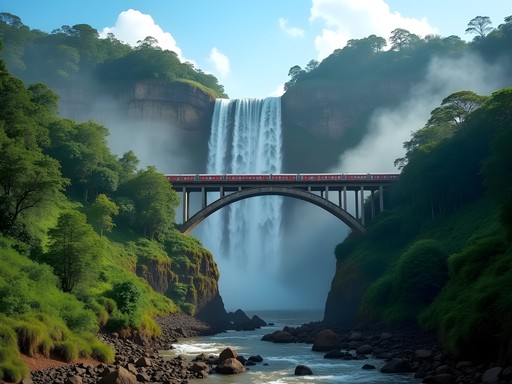

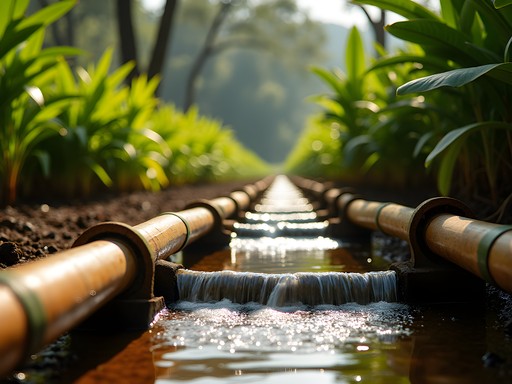

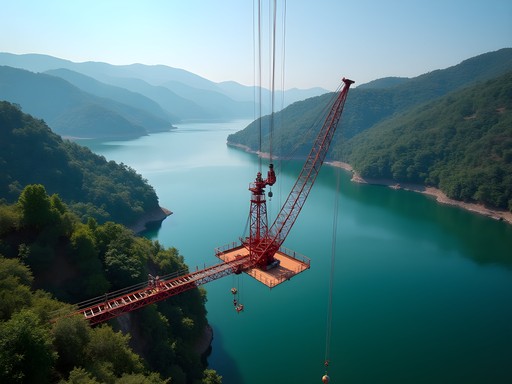



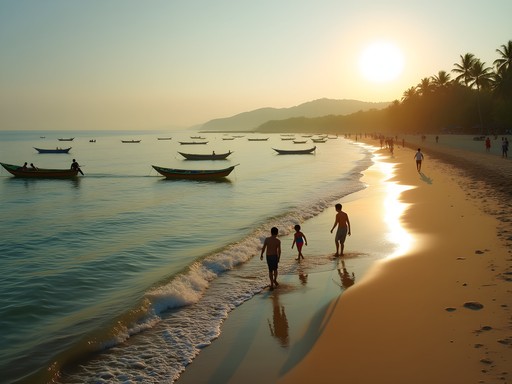

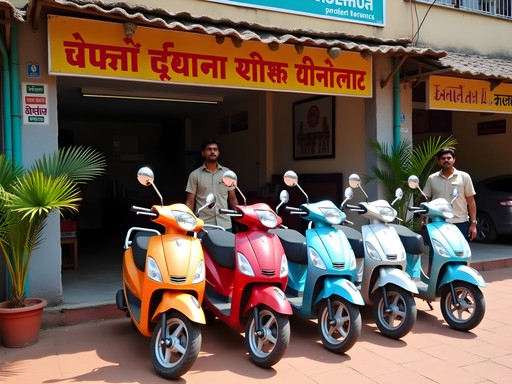




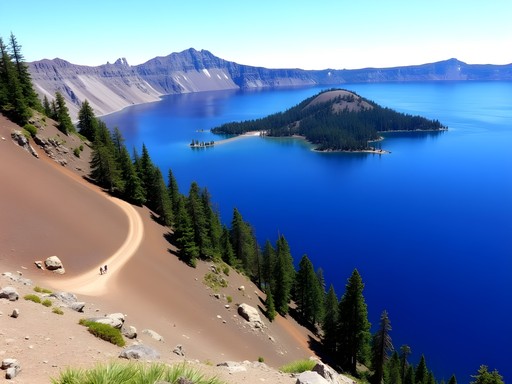
Comments
reddiver
Which spice plantation would you recommend for someone with limited mobility? My mom can walk but not for very long distances.
GoanLocal22
Try Sahakari or Tropical - they have paved paths and rest areas. Most plantations are pretty accessible for the main areas. Call ahead and they can arrange special assistance too.
reddiver
Perfect, thanks for the insider tip!
GoanLocal22
Finally someone writing about the real Goa! Those spice plantations are my favorite places to take visitors.
Hunter Thompson
Dudhsagar Falls was absolutely mental! Did the trek last year and it was properly challenging after some heavy rain. The railway bridge crossing gave me a bit of vertigo but worth it for that view! One tip - don't just book the first jeep tour you see in Colva. We found better rates by asking around in Mollem and got a guide who took us to some hidden spots along the way. The contrast between Goa's party beaches and these wild jungle adventures is exactly why I keep coming back to India. Avery's spot on about the infrastructure planning too - fascinating perspective I'd never considered!
reddiver
Did you need to book the Dudhsagar trek in advance? Planning to be there next month during monsoon season and wondering if it's even accessible then?
Hunter Thompson
During heavy monsoon (July-August) they sometimes close access completely for safety. By September it's usually open but still properly wet and slippery! No need to book in advance - just show up at Mollem and there are plenty of jeeps. Bring your waterproof bag though - you'll get soaked!
reddiver
Thanks for the quick reply! I'll be there in November so sounds like I should be good. Will definitely check out Mollem for the jeeps.
George Hayes
This post brings back so many memories! When we took our family to Goa last year, everyone expected us to just beach-hop the whole time. The Arambol Sweet Water Lake was such a magical find - my kids still talk about it! We hiked there from Arambol Beach (about 20 minutes through some interesting terrain) and spent hours enjoying the peaceful atmosphere. The mud there is supposed to have healing properties, and my wife swears her skin felt amazing after. One place I'd add to this list is the Chorla Ghats - we did some light hiking there and the biodiversity was incredible. The mist rolling through the mountains in the morning created some of our best family photos from the trip. For families considering these adventures in Goa, I'd recommend renting a scooter for the more accessible spots, but hire a driver for the longer journeys like Dudhsagar. Much more relaxing that way!
travelwanderer
Chorla Ghats sounds amazing! Adding it to my list for next time. Did you need any special permits to visit there?
George Hayes
No special permits needed for Chorla Ghats! There are some eco-resorts in the area if you want to stay overnight, which I'd recommend during monsoon season when the waterfalls are flowing.
dreambuddy
Great post! Is Netravali Wildlife Sanctuary doable as a day trip from North Goa? We're staying in Anjuna next month but want to see more than just beaches.
Avery Elliott
Yes, it's doable but plan for a full day! It's about 2-2.5 hours each way from Anjuna. Start early (7am) to have enough time at the sanctuary. The bubble lake (Bubbling Lake) is about a 20-minute hike from the entrance. Enjoy!
dreambuddy
Perfect, thanks for the info! Can't wait to check it out.
travelwanderer
Just got back from Goa last month and can confirm the spice plantation tours are amazing! We visited Sahakari Spice Farm near Ponda and it was such a sensory experience. The guided tour explaining how everything grows was fascinating, and the traditional Goan lunch served on banana leaves afterward was possibly the best meal of our trip. They even let you climb the betel nut trees if you're brave enough (I wasn't lol). One tip: go early morning before it gets too hot and bring your insect repellent - those mosquitoes are no joke in the plantation areas!
mountaingal
Finally someone talking about Goa beyond the beaches! The Dudhsagar trek has been on my bucket list forever!
George Hayes
Do it! We took our kids (10 and 12) last year and it was the highlight of our trip. Just be prepared for the crowds if you go during peak season.
mountaingal
Thanks for the tip! Did you hire a guide or go with a tour group?
George Hayes
We went with a local guide - much better experience than the big tours. Our hotel connected us with someone trustworthy. Bring good water shoes!
springbackpacker
Just got back from Goa last week and can confirm - the wilderness experiences are the real deal! We did the Netravali sanctuary hike and had the bubble pools completely to ourselves on a Tuesday morning. Pro tip: combine the spice plantation tour with kayaking on the Mandovi River for a full day of nature. The contrast between structured agriculture and wild river is fascinating. Also, don't miss the sunset at Arambol - we saw dolphins from the beach near the sweet water lake!
smartclimber
OMG I had no idea Goa had all these adventures! Definitely rethinking my trip plans now. Those bubble baths look AMAZING! 😍
cityphotographer
That shot of Dudhsagar Falls with the train crossing is incredible! Did you have to hike far to get that perspective?
tripexplorer
Not OP but that viewpoint is about 20 mins walk from where the jeeps drop you off. Worth every step!
Venture X
Premium card with 2X miles, $300 travel credit, Priority Pass